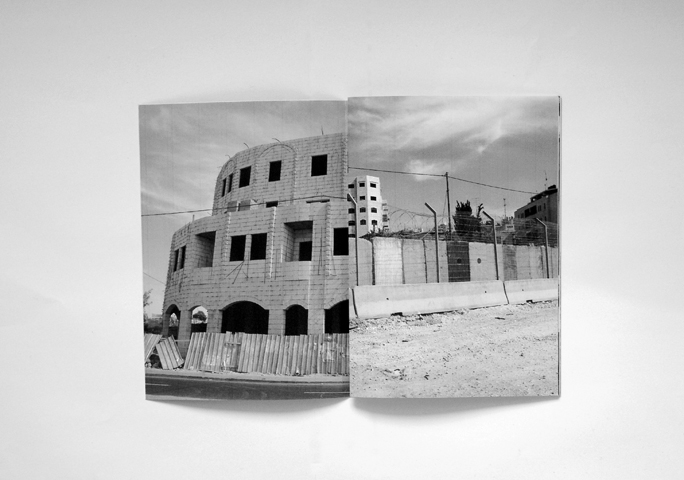
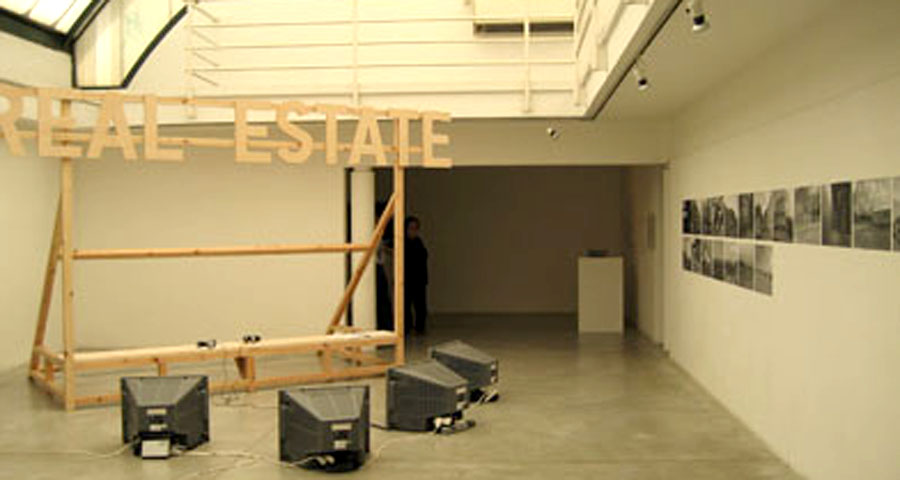
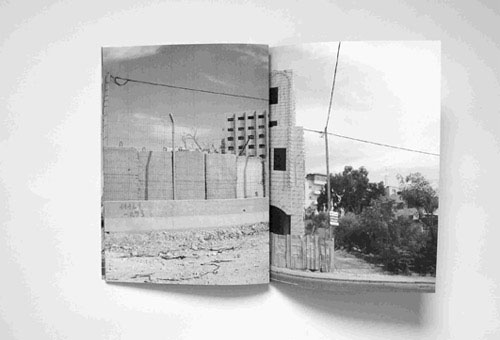
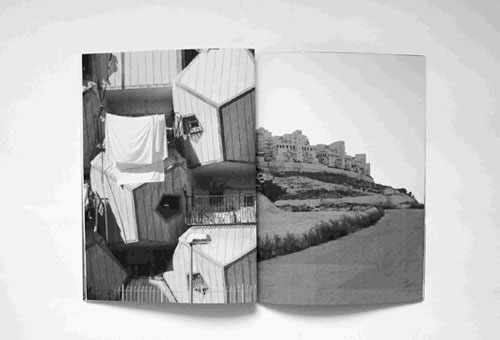
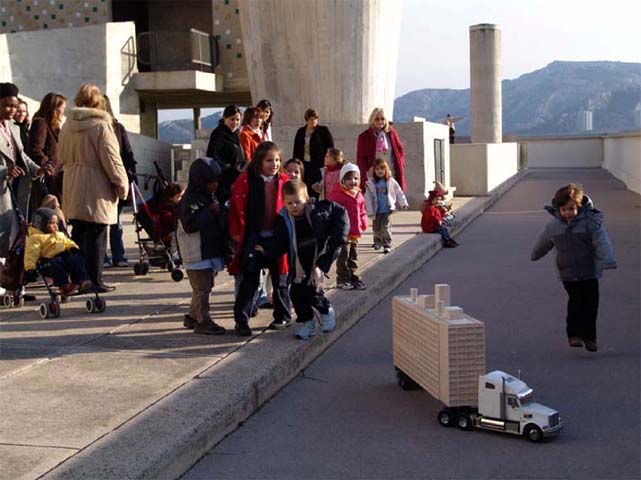
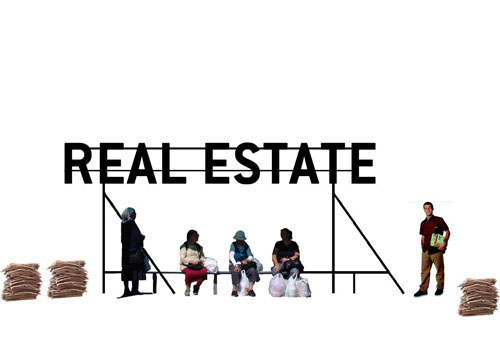






One of the two Barcelona artists chosen by the JCVA for a Jerusalem exchange, Domenec stayed at the JCVA in January of 2006. As he is an avid student of Bauhaus architecture, he was particularly interested in following the Bauhaus trail in Tel Aviv. He was struck by the run-down condition of these buildings, whose counterparts in Europe have been expensively renovated. His expertise is such that he knew more than his initial guides, but the JCVA consequently provided him with a fulfilling learning experience. The work he made as a result of the residency was shown in a joint exhibition with the work of his fellow Barcelonian, Daniel Chust as well as with that of Koby Levy and Doron Rabina from Israel, who were chosen for the Barcelona exchange. The exhibition, Passer By, co-curated with the JCVA by Barcelona curator Marti Peran, opened in May 2007 in the Artists' Studios gallery space in Tel-Aviv and was very well-attended. It opens in Barcelona in the La Capella Gallery in September 2007.